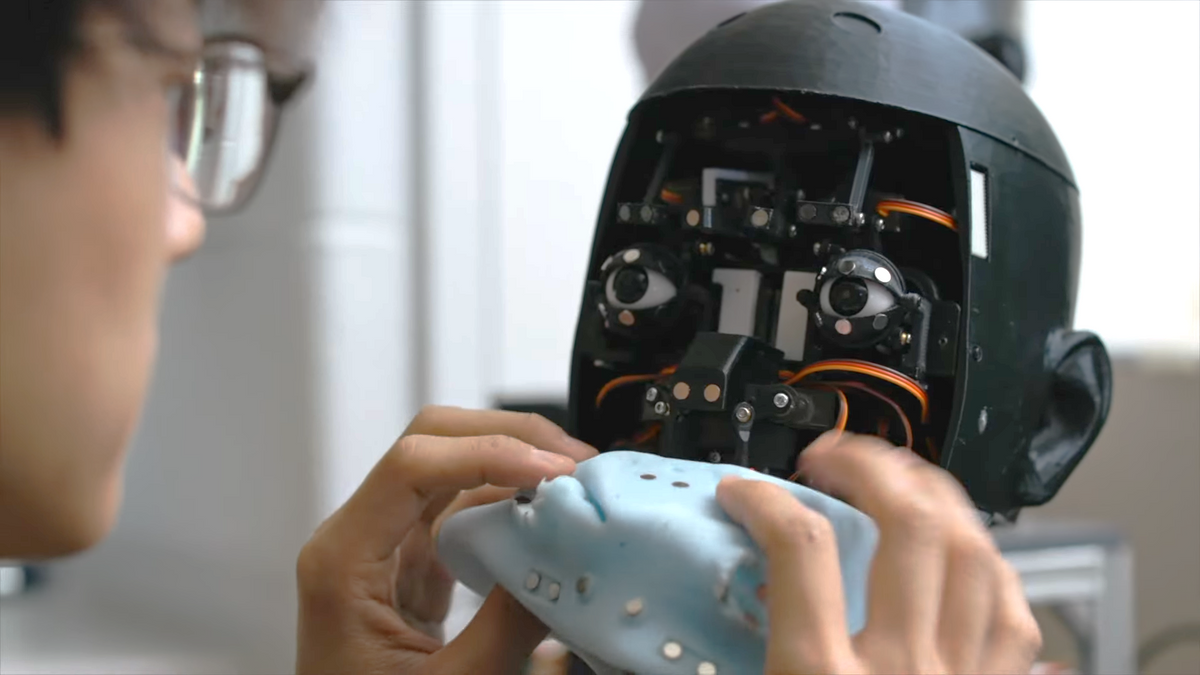For all the TEDTalks that there have been, few have adequately addressed the topic of nanotechnology, with the possible exception of Bill Joy’s ironic path from nanotechnology doomsayer to cheerleader.
That is why when I saw that venture capitalist and Nanoholdings CEO Justin Hall-Tipping had been given a forum to discuss nanotechnology for the illustrious TedTalks last year, I had to give a listen (see video below).
Hall-Tipping did not disappoint. As you will see in the video, he provides all the “gee-whiz” nanotech applications one could hope for and throws in some emotion to pull at our heartstrings.
Hall-Tipping highlights three technologies in the video that, as he explains, “exhibit exquisite control over the electron” and could change our current energy paradigm—which, according to his calculations, is doomed to ultimate failure. Two of the technologies come from research originated at the University of Florida; the third comes from the University of Texas at Dallas.
Hall-Tipping says that one of the technologies developed at the University of Florida will result in a world that doesn’t need artificial light to illuminate our nights. In this case, I believe he is referring to the work of Prof. Franky So, developer of lightweight night-vision technologies. That’s great, but if Hall-Tipping really expects that nearly ubiquitous night-vision capabilities are going to spell the end for artificial light, I think he may have overstated his point.
The other University of Florida technology that Hall-Tipping highlights uses carbon nanotubes embedded in transparent polymer films to absorb the sun’s energy and release it indoors during the winter. And as Hall-Tipping describes it, the same film will “flip it back” in the summer, preventing solar energy from heating living spaces when you want to keep things cool. This application seems to be built around the work of John Reynolds and Andrew Rinzler. I suppose this work could be adapted to collect solar power and reflect away sunlight, but I would like to see some figures on energy conversion efficiency before I start disconnecting myself from the grid.
In the final technology, from the University of Texas at Dallas, nanomaterials (of the carbon nanotube variety, we assume ) enable a device that, according to Hall-Tipping, can “park an electron on the outside, hold it until it's needed, and then to release it and pass it off.” The machine that accomplishes this electron parking, dubbed eBox, has apparently been around since 2009. A prototype has been running for over a year—without, it seems, any effort to commercialize it.
Later in the video, Hall-Tipping makes the cogent point that water shortages are already becoming acute around the world and that energy-intensive desalination is a problematic solution based our current energy paradigm. But removing the grid, or depending on solar power to change the dynamics, seems to be missing the point of a lot of nanotech research related to desalination. I suppose Hall-Tipping’s company is not backing those horses.
Finally, Hall-Tipping makes his concerns about water shortages personal when he reveals a photograph that he has carried with him for the last 18 years; in it, a young girl in the Sudan is dying of thirst. A truly heart-wrenching image, and as Hall-Tipping says, one that should never happen. But maybe that girl would have been better served by rather simple nanotech-based solutions for providing clean drinking water instead of reinventing the electrical grid.
Dexter Johnson is a contributing editor at IEEE Spectrum, with a focus on nanotechnology.


